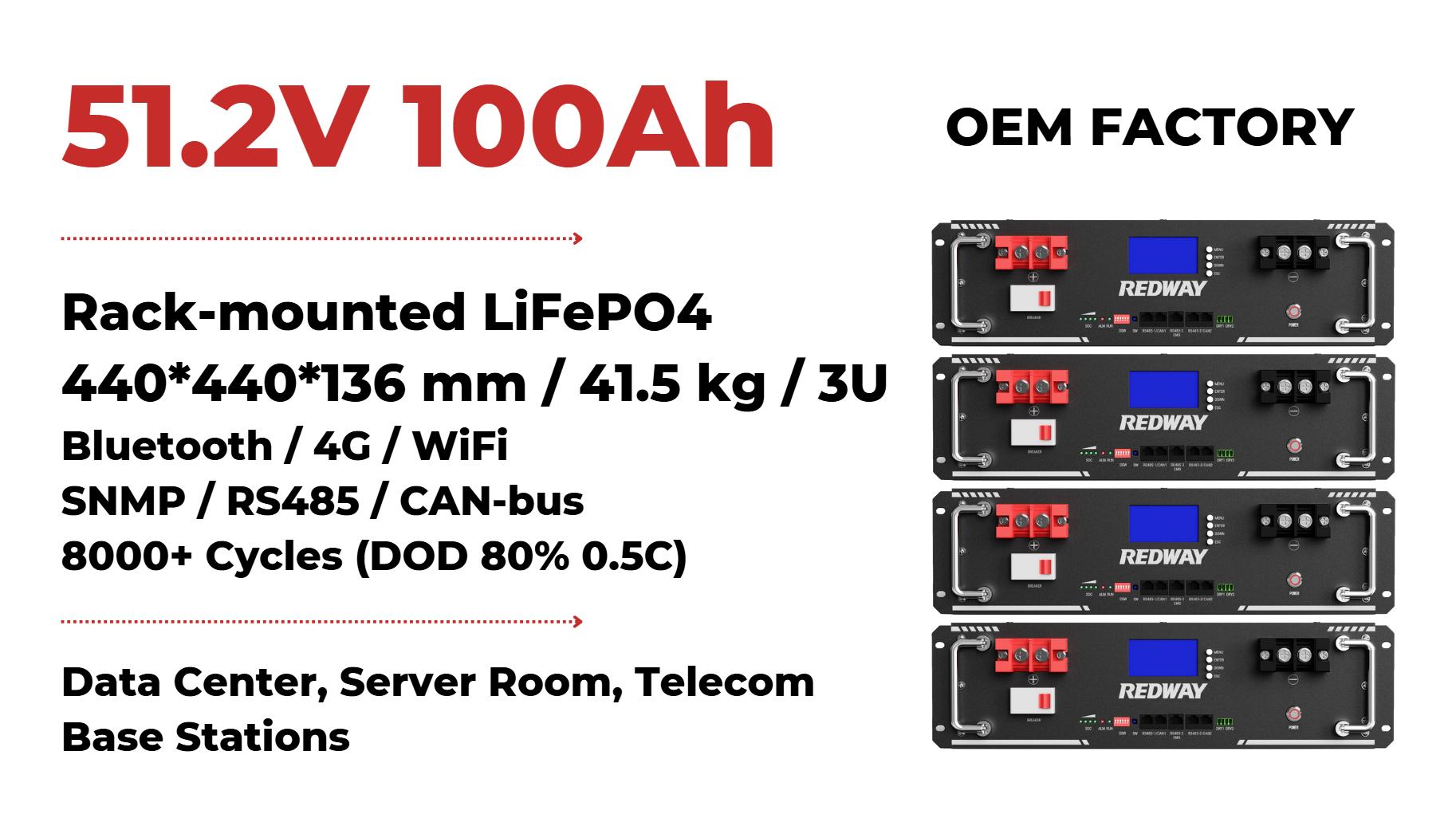When selecting a rack mounted battery, safety should be a paramount concern. The growing use of LiFePO4 batteries in various applications, from data centers to renewable energy systems, necessitates understanding the critical safety features that ensure reliable and secure operations. This guide outlines essential safety features to look for in a rack mounted battery system.
When choosing a rack-mounted battery, look for safety features like thermal management systems to prevent overheating, built-in fuses for protection, robust enclosures to guard against damage, and monitoring systems that track battery health. These features help ensure safe and reliable operation!
1. Battery Management System (BMS)
1.1. Protection Against Overcharging and Over-discharging
A robust Battery Management System (BMS) is crucial for monitoring the battery’s health. It prevents overcharging and over-discharging, which can lead to thermal runaway or reduce battery lifespan. Ensure that the BMS includes automatic disconnect features when voltage thresholds are exceeded.
Wholesale lithium golf cart batteries with 10-year life? Check here.
1.2. Temperature Monitoring
Look for a BMS that includes temperature sensors. These sensors monitor the battery’s temperature in real-time, allowing the system to manage charging rates and prevent overheating. High temperatures can compromise battery safety and performance.
2. Built-in Safety Mechanisms
2.1. Fuses and Circuit Breakers
Incorporate fuses or circuit breakers in your rack mounted battery system. These components protect against short circuits and overloads, minimizing the risk of fire or damage. Ensure that these safety devices are easily accessible for regular inspection and replacement.
Want OEM lithium forklift batteries at wholesale prices? Check here.
2.2. Thermal Protection
Choose batteries equipped with thermal protection features. These may include heat shields or ventilation systems that dissipate heat generated during operation, preventing overheating.
3. Robust Housing and Design
3.1. Fire-Resistant Materials
Ensure the battery rack is constructed from fire-resistant materials. This feature is essential in minimizing the risk of fire spread in the event of a thermal event. Look for batteries that meet safety standards for fire resistance.
3.2. Shock and Vibration Resistance
Rack mounted batteries should be designed to withstand shocks and vibrations, especially in dynamic environments. Look for models with shock-absorbing features that enhance structural integrity, reducing the risk of physical damage during operation.
4. Environmental Considerations
4.1. Ventilation Systems
Proper ventilation is vital for preventing gas buildup, particularly in sealed battery systems. Choose models with built-in ventilation systems that facilitate air circulation and prevent hazardous conditions.
4.2. Waterproof and Dustproof Ratings
Consider batteries with IP (Ingress Protection) ratings that indicate resistance to water and dust. This feature is particularly important in environments prone to spills or contaminants, ensuring longevity and safety.
5. Certification and Compliance
5.1. Regulatory Standards
Ensure that the battery complies with relevant safety standards and certifications, such as UL (Underwriters Laboratories) or CE (Conformité Européenne). These certifications indicate that the battery has undergone rigorous testing and meets industry safety requirements.
5.2. Manufacturer Reputation
Choose batteries from reputable manufacturers with a proven track record in safety and quality. Research customer reviews and safety incident reports to ensure reliability.
6. User-Friendly Interfaces
6.1. Monitoring Displays
Opt for rack mounted batteries with user-friendly monitoring displays. These interfaces provide real-time data on battery performance, temperature, and charge levels, allowing users to detect potential issues early.
6.2. Alerts and Notifications
Select systems that include audible alarms or visual alerts for critical conditions such as high temperature, low voltage, or fault indications. These alerts facilitate quick responses to prevent hazardous situations.
Conclusion
When investing in a rack mounted battery, prioritizing safety features is essential for ensuring reliable and secure operations. By selecting batteries with comprehensive Battery Management Systems, robust housing, proper environmental considerations, and compliance with safety standards, users can significantly reduce risks. Remember that a focus on safety not only protects your equipment but also ensures the well-being of personnel and infrastructure.






